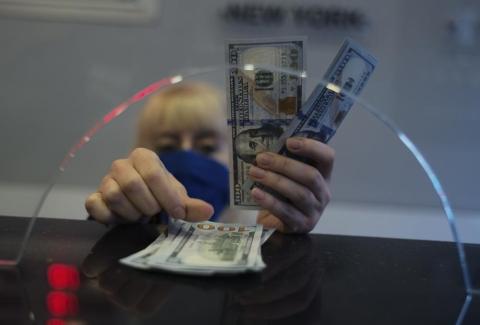Soaring U.S. dollar spreads pain worldwide

The cost of living in Cairo has soared so much that security guard Mustafa Gamal had to send his wife and year-old daughter to live with his parents in a village 70 miles south of the Egyptian capital to save money.
Gamal, 28, stayed behind, working two jobs, sharing an apartment with other young people and eliminating meat from his diet. "The prices of everything have been doubled," he said. "There was no alternative.''
Around the world, people are sharing Gamal's pain and frustration. An auto parts dealer in Nairobi, and a wine importer in Manchester, England have the same complaint: A surging U.S. dollar makes their local currencies weaker, contributing to skyrocketing prices for everyday goods and services. This is compounding financial distress at a time when families are already facing food and energy crunches tied to Russia's invasion of Ukraine.
"A strong dollar makes a bad situation worse in the rest of the world,'' says Eswar Prasad, a professor of trade policy at Cornell University. Many economists worry that the sharp rise of the dollar is increasing the likelihood of a global recession sometime next year.
The dollar is up 18 percent this year and last month hit a 20-year high.
The reasons for the dollar's rise are no mystery. To combat soaring U.S. inflation, the Federal Reserve has raised its benchmark short-term interest rate five times this year, and is signaling more hikes are likely. That has led to higher rates on a wide range of U.S. government and corporate bonds, luring investors and driving up the U.S. currency.
Most other currencies are much weaker by comparison, especially in poor countries. The Indian rupee has dropped nearly 10% this year against the dollar, the Egyptian pound...
- Log in to post comments
